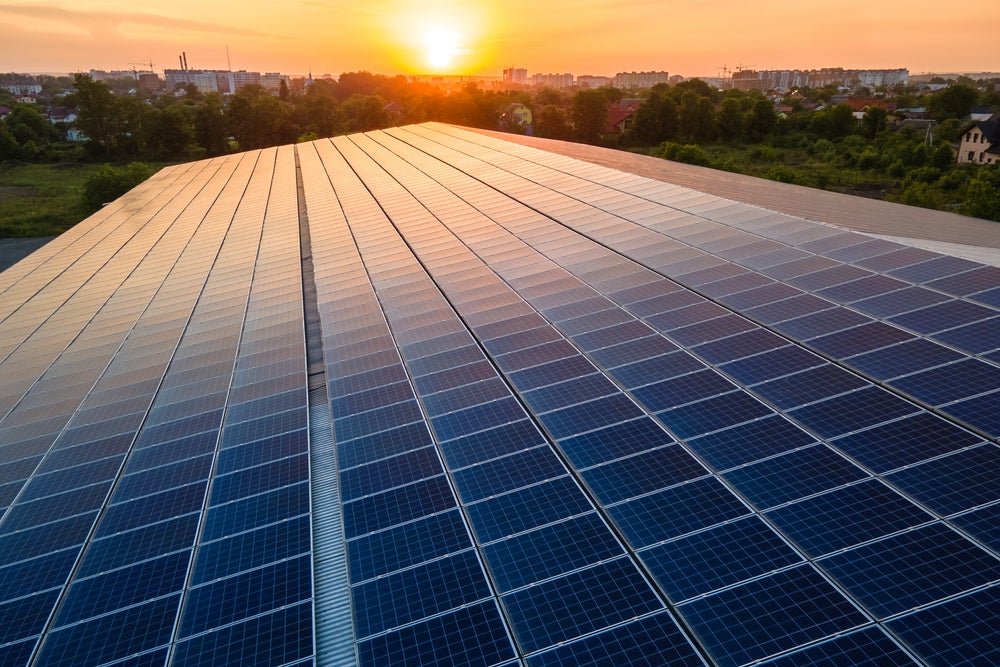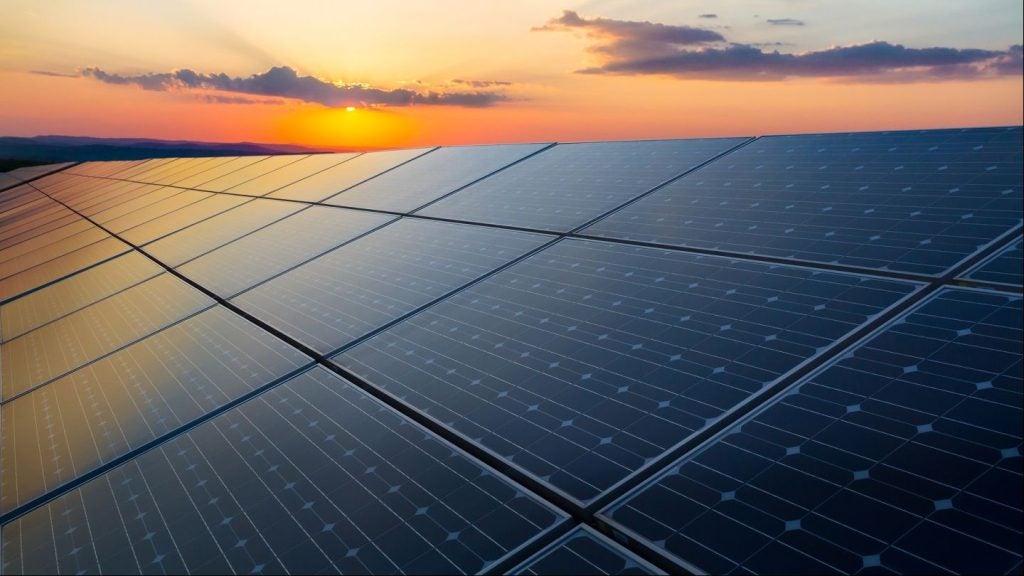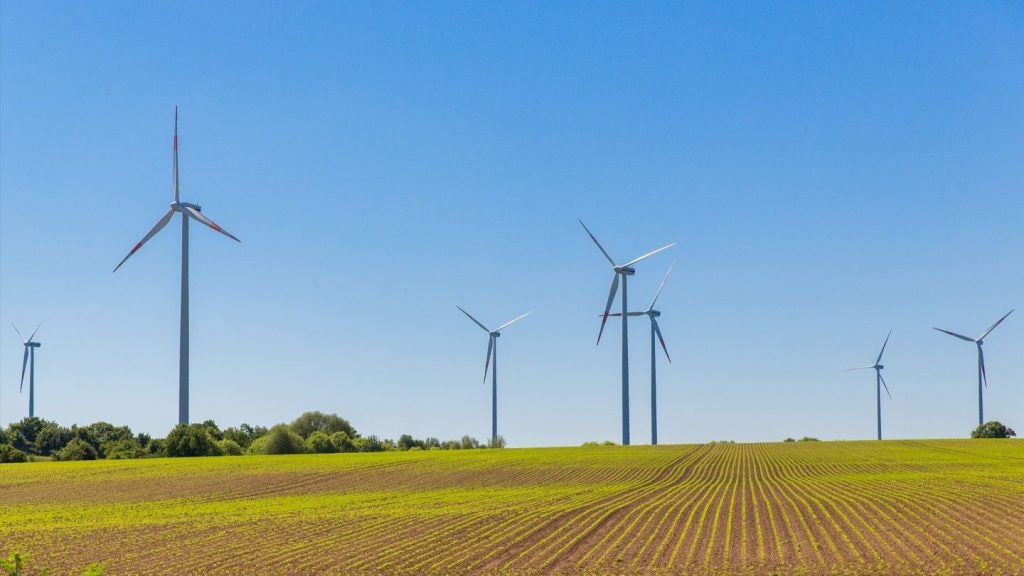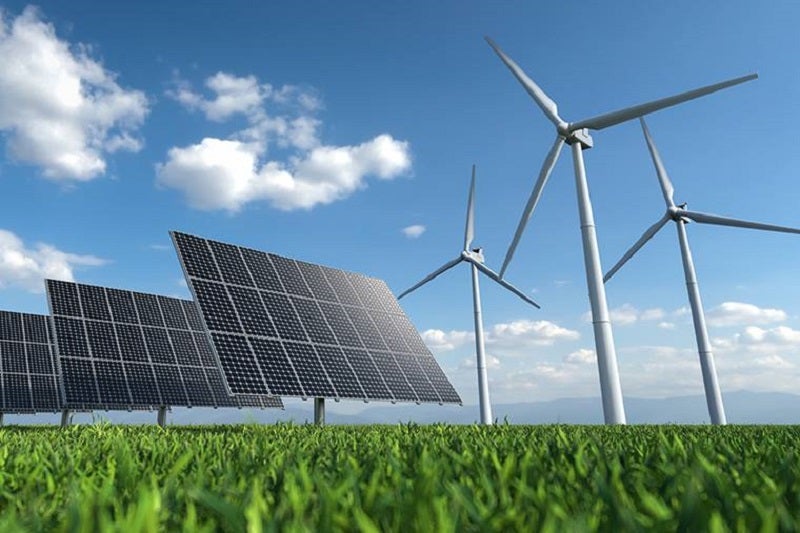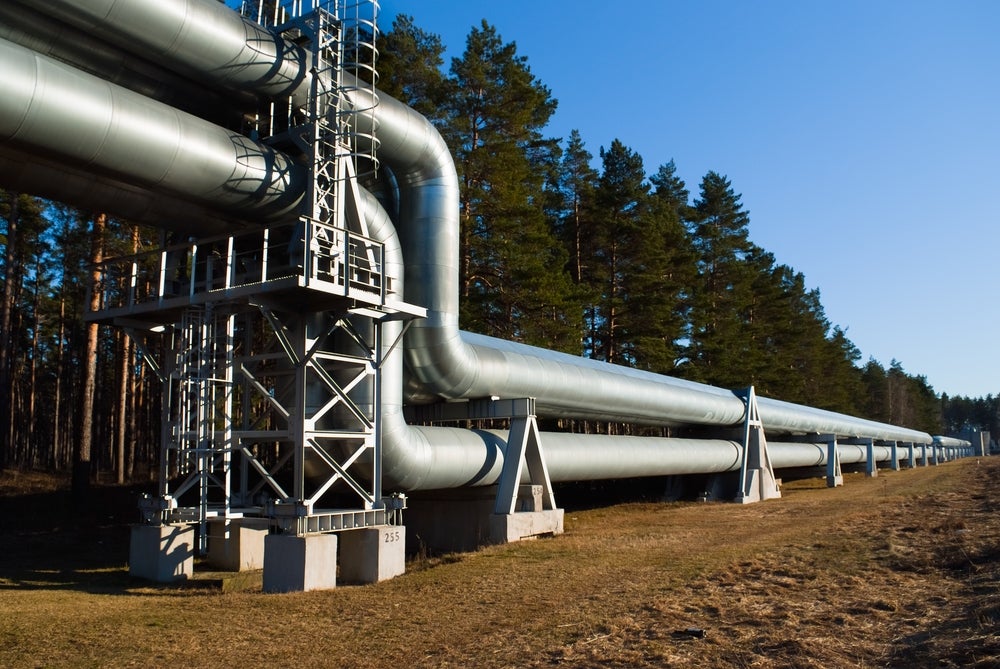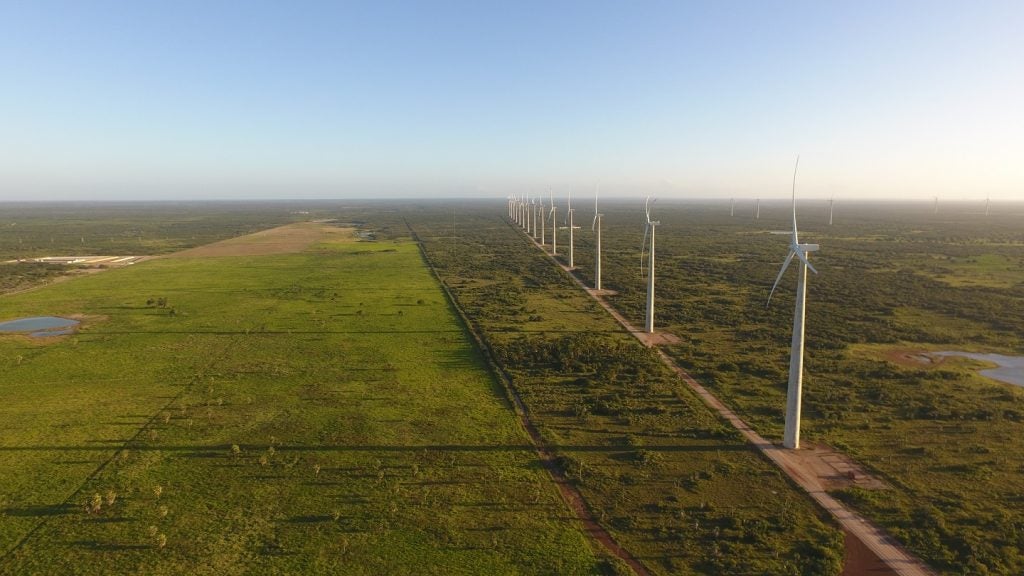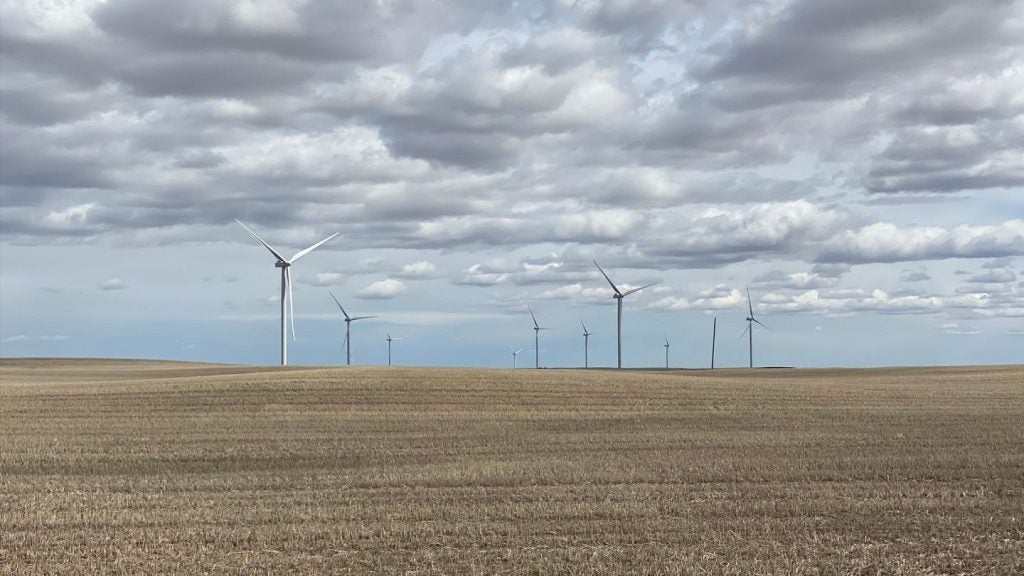Renewable power capacity added between 2000 and 2022 has reduced the global fuel bill within the electricity sector by $520bn, according to the latest report from the International Renewable Energy Agency (IRENA).
According to the report, the global weighted average levelised cost of electricity (LCOE) from renewable sources continued to fall in 2022 despite rising materials and equipment costs. In particular, the cost of utility-scale solar PV, onshore wind, concentrating solar power, bioenergy and geothermal energy, all fell between 2021 and 2022 by an average of 3-5%. However, the global weighted average LCOE of offshore wind has increased by 2% since 2021, and hydropower has shot up by 18%.
Between 2010 and 2022, solar and wind power became cost-competitive with fossil fuels even without financial support, with solar PV prices falling the most. The report found that solar power was 710% more expensive than the cheapest fossil fuel-fired electricity source in 2010, but cost 29% less than the cheapest fossil fuel-fired solution in 2022.
China was the key driver of the global decline in costs for solar PV and onshore wind, with other markets experiencing a much more diverse set of outcomes that saw costs increase in many major markets, the report finds.
In addition to overall direct cost savings, there are other “substantial economic benefits” associated with reducing CO₂ emissions and dependence on fossil fuels. Critically, without the support of renewables, global economic struggles stemming from the energy crisis last year, which was driven by a disruption to fossil fuel trade, would have been significantly worse, IRENA said, and “possibly beyond” the ability of many governments to cope with.
IRENA director-general Francesco La Camera said in a statement: “IRENA sees 2022 as a veritable turning point in the deployment for renewables as its cost-competitiveness has never been greater despite the lingering commodity and equipment cost inflation around the world. The most affected regions by the historic price shock were remarkably resilient, in large part thanks to the massive increase of solar and wind in the last decade.”
He added that while growth in renewable capacity is promising, the world must continue to add 1TW of renewable power on average every year until 2030 to keep the 1.5°C warming target set out in the Paris Agreement within reach. This is more than three times growth in global capacity seen in 2022.
In its World Energy Transitions Outlook preview for 2023, published in May, IRENA warned of a “dramatic lack of progress” in renewables investment that has led the global energy transition off-track. Its report found that global investment in energy transition technologies must increase to over $5trn this year and continue to rise by $5trn every year until 2030 if the goals of the Paris Agreement are to be maintained. In 2022, investment hit just $1.3trn.
“There is no time for a new energy system to evolve gradually as was the case for fossil fuels. In preparation of the COP28 in Dubai later this year, today’s report shows once again that with renewables, countries have the best climate solution at hand to raise ambition and take actions in a cost-competitive way,” he said.
The report predicts that the ongoing raised prices of fossil fuels will soon “cement” a structural shift towards renewable power as the lowest-cost source of electricity.


